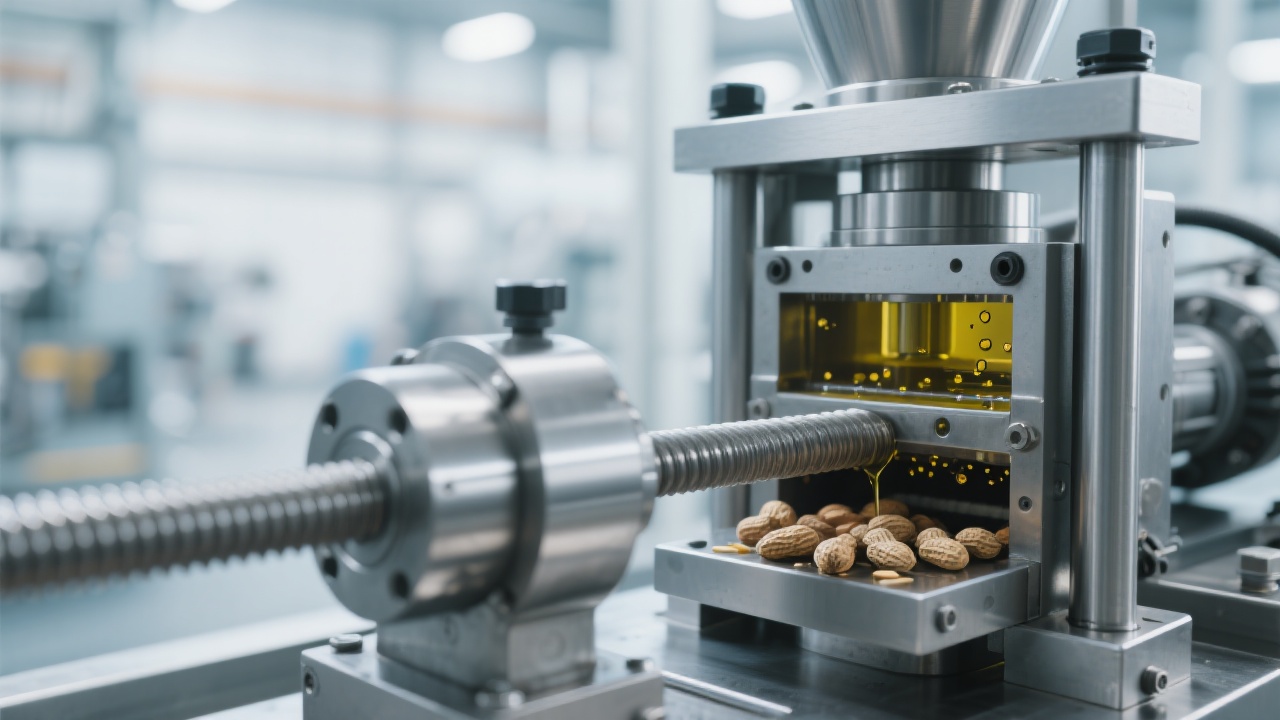
For peanut oil producers aiming to enter high-value markets like the EU, North America, or the GCC, compliance with international quality standards isn’t optional—it’s a competitive necessity. According to the FAO (2023), over 72% of global food importers now require third-party certification such as ISO 22000 or HACCP before approving new suppliers. This means your production process must be not only efficient but also transparent, traceable, and scientifically validated.
The journey begins at the farm. High-quality peanut oil starts with raw materials that meet strict specifications—moisture content below 8%, free fatty acid levels under 1%, and absence of aflatoxins (regulated by WHO at ≤20 ppb). A study published in Food Chemistry (2022) found that using peanuts with moisture above 10% can increase oxidation rates by up to 40% during storage, directly impacting shelf life and consumer trust.
| Quality Parameter | Acceptable Range | Impact if Exceeded |
|---|---|---|
| Free Fatty Acids (FFA) | ≤ 1% | Reduced smoke point, faster rancidity |
| Peroxide Value (PV) | ≤ 5 meq O₂/kg | Indicates early oxidation – affects flavor & safety |
| Aflatoxin Level | ≤ 20 ppb | Banned in many export markets; legal risk |
Once raw materials pass inspection, the next critical phase is pressing. Traditional cold-press methods may yield higher nutrient retention but often result in inconsistent viscosity and lower throughput. In contrast, modern fully automated peanut oil extraction lines—like those used by leading exporters in India and Vietnam—can reduce labor costs by up to 60% while maintaining consistent oil clarity and aroma profiles across batches.

Automation doesn’t just improve consistency—it enables full traceability. With IoT-enabled sensors embedded in the press, you can monitor parameters like temperature, pressure, and time in real-time. These data points feed into a centralized dashboard, allowing QA teams to flag anomalies instantly. For example, a 2023 report from the European Food Safety Authority (EFSA) showed that companies using digital quality logs had 3x fewer product recalls than manual systems.
Moreover, green production practices are no longer just ethical—they’re market-driven. The EU’s Green Deal and U.S. EPA regulations increasingly favor facilities that reduce energy consumption per liter of oil produced. Automated presses typically use 25–30% less electricity than older models, aligning with both cost-efficiency and sustainability goals.

If you're serious about expanding globally, it's time to rethink how you control quality—not just react to it. Whether you're targeting supermarkets in Germany, health-conscious consumers in Canada, or premium restaurants in Dubai, the same rule applies: consistency, documentation, and compliance win trust—and sales.
Ready to upgrade your peanut oil quality control? Let our experts help you design a compliant, scalable, and profitable production flow tailored to your target market. No more guesswork—just results-driven automation.
Get Your Free Quality Audit Checklist Now
